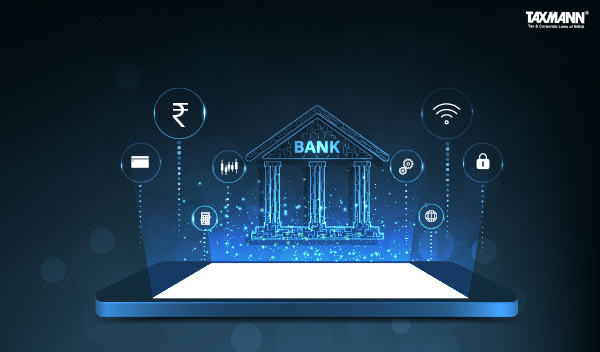Digital banking has rapidly transformed the way we manage our finances. From mobile apps to artificial intelligence (AI), the banking industry is embracing technology to provide more convenient, efficient, and secure services. In this article, we’ll explore the trends shaping the future of digital banking, the technologies driving change, and how these developments impact customers.
What is Digital Banking?
Digital banking refers to the use of technology to provide banking services. It encompasses online banking, mobile banking apps, and digital tools that make it easier for customers to manage their financial needs without needing to visit a physical branch. Digital banking allows customers to access their accounts, make transactions, apply for loans, and receive financial advice from anywhere at any time.
Emerging Trends in Digital Banking
- Mobile Banking Apps Mobile banking apps are one of the most significant trends in digital banking. These apps allow users to check balances, transfer funds, deposit checks, and even pay bills directly from their smartphones. Mobile banking offers a high level of convenience, enabling customers to manage their finances on the go.
- Artificial Intelligence (AI) and Chatbots AI and chatbots are transforming customer service in banking. AI can analyze customer data to offer personalized financial advice, detect fraud, and improve user experience. Chatbots are being used to answer customer inquiries in real time, providing instant support for routine banking questions.
- Biometric Authentication Biometric authentication, such as fingerprint scanning or facial recognition, is becoming a popular way to enhance security in digital banking. This technology offers a convenient and secure way to log in to mobile apps and complete transactions without the need for passwords.
- Blockchain Technology Blockchain, the technology behind cryptocurrencies like Bitcoin, is being explored by banks to improve security and transparency in financial transactions. Blockchain could help reduce fraud, speed up transactions, and lower costs for customers and banks alike.
- Open Banking Open banking is a new trend that allows third-party financial services providers to access a customer’s banking data (with their consent) to offer personalized products, services, and recommendations. This innovation promotes greater competition and enhances the customer experience by giving consumers more control over their financial information.
How Digital Banking is Impacting Customers
- Increased Convenience Digital banking makes managing your finances easier than ever. With 24/7 access to accounts and the ability to complete transactions from your phone, you can handle your banking needs without stepping into a bank branch.
- Improved Security Digital banks invest heavily in cybersecurity measures, such as encryption, multi-factor authentication, and biometric verification, to protect customers’ sensitive information. As technology evolves, so do security protocols, making online banking more secure than ever before.
- Lower Fees Many digital banks offer lower fees than traditional banks because they have fewer overhead costs. Digital-only banks may charge lower maintenance fees, ATM fees, and offer competitive interest rates.
- Personalized Services With the help of AI and data analytics, digital banking platforms can provide personalized financial products and services based on individual customer needs and behaviors. This customization helps customers make better financial decisions and achieve their financial goals faster.
The Future of Digital Banking
As technology continues to advance, digital banking will only become more integral to our financial lives. The future of digital banking may include even more advanced technologies, such as virtual and augmented reality for banking experiences, and further integration of AI in financial services. The key focus will continue to be on enhancing security, reducing costs, and improving customer experiences.
Conclusion
The future of digital banking is bright, with many exciting trends and technologies shaping the way we manage our finances. Whether through mobile apps, AI, or blockchain, digital banking is making financial services more accessible, secure, and personalized. As digital banking continues to evolve, it will bring even more benefits to customers, offering them innovative ways to manage their financial lives.

